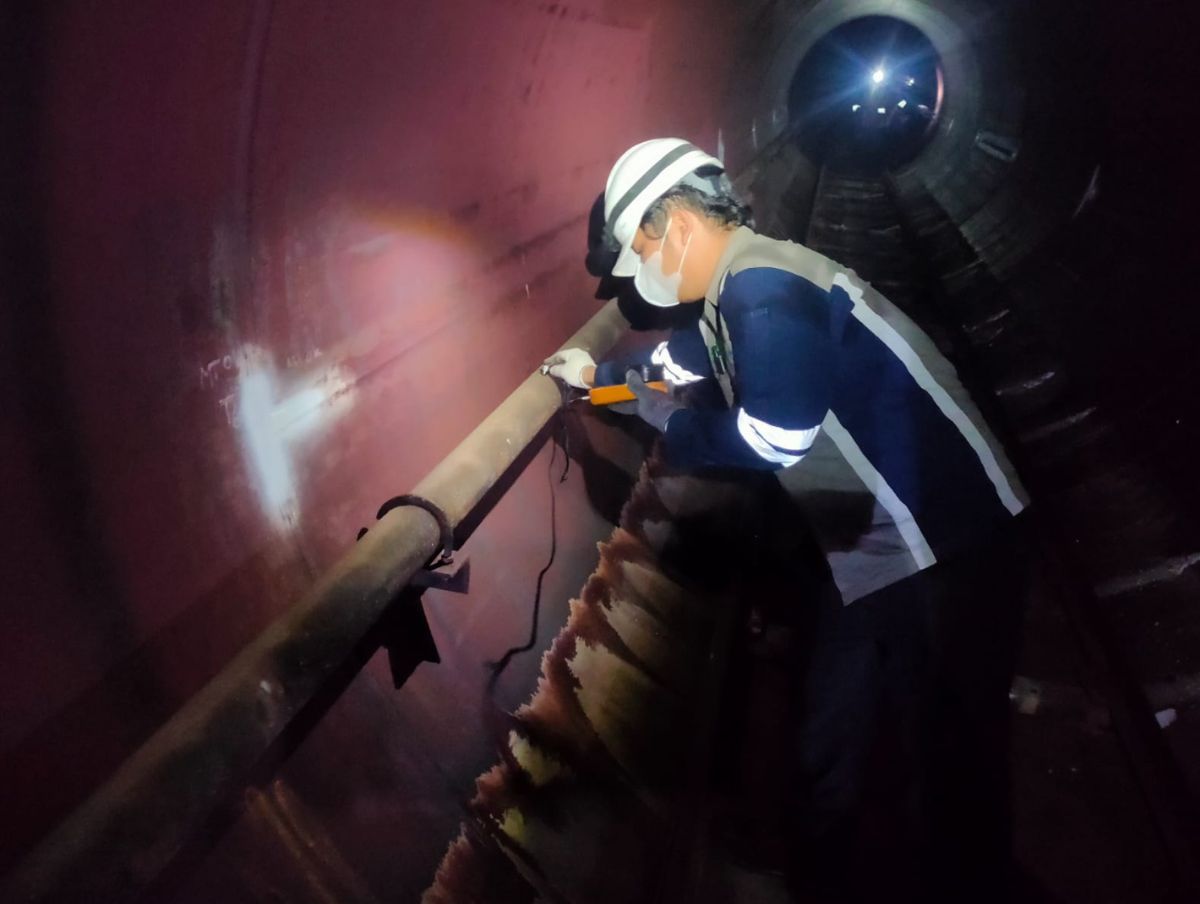Indirect Combustion Furnace
Indirect Combustion Furnace
Blog Article
1. Introduction to Indirect Combustion Furnace
1.1 Definition of Indirect Combustion Furnace
An indirect combustion furnace is a type of furnace that heats materials without direct contact with the heat source. In this system, heat is transferred through a wall or heating surface to avoid contamination and minimize material loss. This type of furnace is widely used in various industries requiring precise temperature control, such as chemical, pharmaceutical, and food industries.
1.2 History and Development of Furnace Technology
Since its inception, indirect combustion furnace technology has undergone various innovations to improve efficiency and temperature precision. The technology has evolved from simple heating methods to using infrared technology and automated control systems to maximize energy efficiency and product quality.
2. Working Principles of Indirect Combustion Furnace
2.1 Heating Process and Energy Conversion
An indirect combustion furnace operates by heating a medium that then transfers heat to the material being processed through conduction or radiation. This process allows for uniform heating and better control over the temperature, which is essential for processes that require specific conditions.
2.2 Main Components of Indirect Combustion Furnace
The main components of an indirect combustion furnace include the heat source (such as electric heating elements or gas burners), heating walls or surfaces that separate the heat source from the material, and a temperature control system that ensures stable and precise heating.
2.3 Temperature Control Mechanism
Temperature control in an indirect combustion furnace is typically achieved through an automated system that adjusts the heat source intensity based on temperature sensors placed at various points. This allows for rapid and accurate adjustments to maintain product quality.
3. Types of Indirect Combustion Furnaces
3.1 Reactor Furnace
Reactor furnaces are used for chemical processes that require tight temperature control without contamination from combustion gases. These furnaces are commonly used in the petrochemical and chemical processing industries.
3.2 Tube Furnace
A tube furnace has an externally heated tube that heats the material flowing inside. This type is widely used in laboratory applications and small-scale production where precise temperature control is crucial.
3.3 Infrared Furnace
Infrared furnaces use infrared radiation to heat materials quickly and efficiently, often used in the food industry for drying and roasting processes.
4. Applications of Indirect Combustion Furnaces in Industry
4.1 Chemical and Petrochemical Industry
In the chemical industry, indirect combustion furnaces are used for chemical reactions that require heating without contamination, such as in the production of acids, ammonia, and other chemicals.
4.2 Pharmaceutical Industry
The pharmaceutical industry uses indirect combustion furnaces to ensure controlled and sterile heating of raw materials, maintaining product quality and effectiveness.
4.3 Food and Beverage Industry
In the food industry, indirect combustion furnaces are used for drying, roasting, and pasteurization processes, where precise temperature control is needed to maintain product quality.
5. Advantages and Challenges of Indirect Combustion Furnaces
5.1 Advantages of Precise Temperature Control
The primary advantage of an indirect combustion furnace is its ability to control temperature with great precision, reducing contamination risks and ensuring consistent product quality.
5.2 Challenges in Energy Efficiency and Operational Costs
However, the main challenge is the relatively high energy efficiency and operational costs compared to direct combustion furnaces. This technology requires complex control and maintenance systems, which can increase costs.
6. Importance of Inspection for Indirect Combustion Furnaces
6.1 Why Furnaces Need Regular Inspection
Regular inspections are essential to ensure that indirect combustion furnaces operate optimally and safely. These inspections help detect potential issues before they lead to significant damage, minimizing the risk of accidents and losses.
6.2 Furnace Inspection as Part of Operational Safety
Conducting regular inspections is an integral part of an operational safety program, ensuring that all furnace components function according to established standards.
6.3 Furnace Inspection Procedures
Inspection procedures include visual inspections, functional tests, and technical analyses to identify potential damage or failures and provide repair recommendations.
7. Inspection of Power and Production Equipment
7.1 Definition and Purpose of Power and Production Equipment Inspection
Inspection of power and production equipment is conducted to ensure all production equipment, including furnaces, operates safely and efficiently.
7.2 Furnace Inspection as Part of Power and Production Equipment Inspection
Indirect combustion furnaces fall under this category as they are vital equipment in production processes that require strict safety oversight.
7.3 Standards and Procedures for Power and Production Equipment Inspection
The standards and procedures for inspecting power and production equipment involve a comprehensive evaluation of technical, mechanical, and safety aspects to ensure regulatory compliance.
8. K3 Inspection Services: Power and Production Equipment Inspection
8.1 The Role of K3 Inspection Services in Inspection
Jasa Inspeksi K3 dari PJK3 di indonesia (K3 inspection services) ensure that all inspection processes are carried out according to safety standards and applicable regulations.

8.2 Benefits of Using K3 Inspection Services for Power and Production Equipment
Using K3 inspection services guarantees that all equipment meets safety standards, minimizes the risk of accidents, and ensures operational efficiency.
8.3 Certification and Regulatory Compliance
K3 inspection services provide official certification recognized by the government, ensuring full compliance with occupational safety regulations.
9. Innovative Technologies in Indirect Combustion Furnaces
9.1 Automated Control Systems
Automated control technology enables real-time monitoring and temperature regulation, increasing operational efficiency and safety.
9.2 Advanced Refractory Materials
The use of advanced refractory materials that are more resistant to heat and corrosion can extend furnace life and reduce maintenance costs.
9.3 Emission Reduction Technologies
Innovative emission reduction technologies help minimize environmental impact and meet sustainability standards.
10. Conclusion
10.1 Summary of the Benefits of Indirect Combustion Furnaces
Indirect combustion furnaces offer precise temperature control, improve product quality, and reduce contamination risks.
10.2 Importance of Regular Inspection in Ensuring Safety and Efficiency
Regular inspections are crucial to maintaining safety and operational efficiency, preventing major damage, and complying with safety regulations.
10.3 Future Development Prospects
With ongoing technological advancements, indirect combustion furnaces will become more efficient and environmentally friendly, offering better solutions for various industries. Report this page